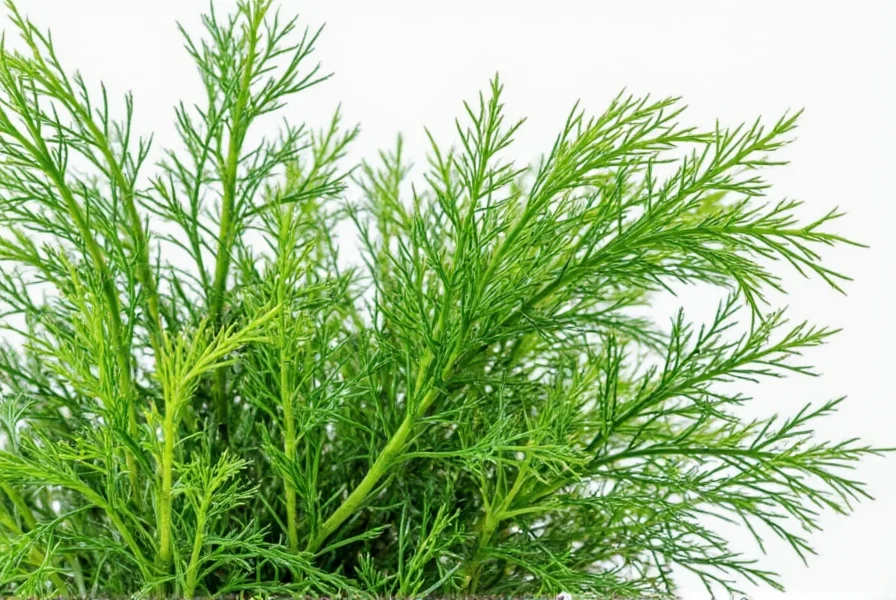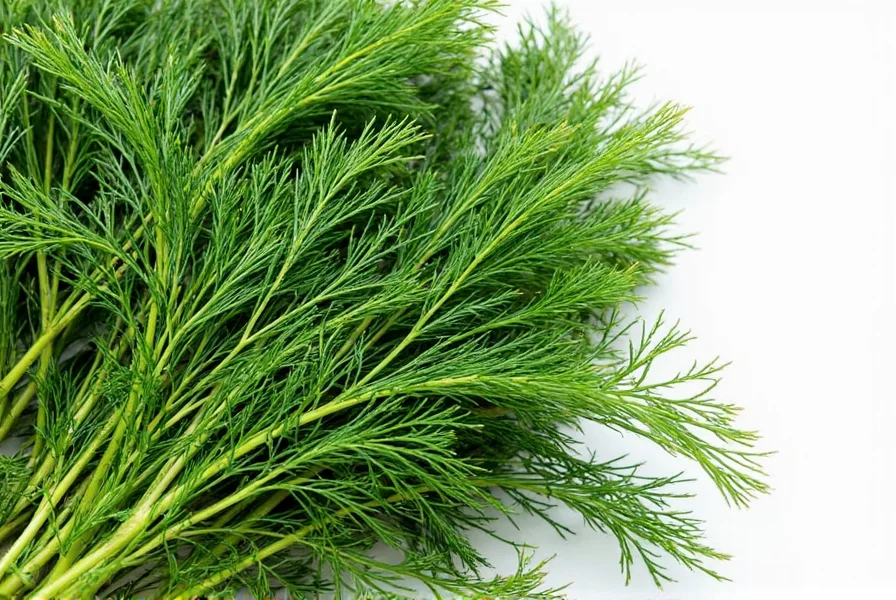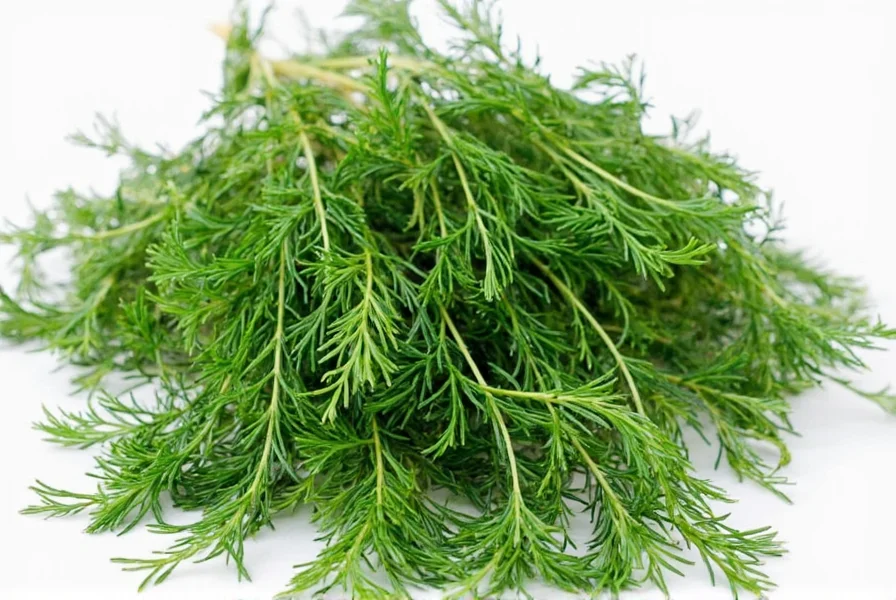Table of Contents
5 Practical Ways to Use Dill Fronds
Looking for quick ways to add fresh flavor to your dishes? Here are 5 simple, actionable tips for using dill fronds in everyday cooking:
- Salads: Toss 1-2 tablespoons of finely chopped dill fronds into green salads with cucumbers, tomatoes, and feta cheese. The herb's bright, grassy notes elevate simple greens without overpowering other ingredients.
- Soups: Stir in 1 tablespoon of fresh dill fronds into creamy soups like potato or leek soup just before serving. This preserves their delicate flavor—cooking too long makes them bitter.
- Fish dishes: Mix dill fronds into a lemon-butter sauce for salmon or white fish. For a quick garnish, sprinkle whole fronds over grilled fish before serving to add aroma and visual appeal.
- Dips and spreads: Blend 2 tablespoons of dill fronds with 1/2 cup Greek yogurt or sour cream, a squeeze of lemon juice, and a pinch of salt. Perfect for vegetable sticks, pita chips, or as a sandwich spread.
- Omelets and breakfast: Add 1 teaspoon of finely chopped dill fronds to egg mixture before cooking. It enhances flavor without altering texture, making breakfasts more vibrant.

Key tip: Always add dill fronds at the end of cooking. Heat destroys their subtle flavor, so incorporate them as a finishing touch for maximum freshness.
Buying Guide: How to Choose the Best Dill Fronds
| Feature | What to Look For |
|---|---|
| Color | Bright green, vibrant leaves. Avoid yellowed or wilted spots. |
| Texture | Crisp and firm leaves. Slimy or soggy fronds indicate spoilage. |
| Smell | Distinct sweet-grassy aroma. Musty or off smells mean it's not fresh. |
| Size | Long, sturdy stems with full fronds. Smaller bunches may be older and less flavorful. |

Store properly: Place in a plastic bag with a dry paper towel to absorb moisture. Refrigerate for up to 5 days. For longer freshness, trim stems and place in a glass of water like fresh flowers.
Dill Fronds vs. Other Herbs: Key Differences
| Herb | Flavor Profile | Appearance | Best Uses |
|---|---|---|---|
| Dill Fronds | Mild, sweet, grassy with subtle anise notes | Feathery, light green, delicate leaves | Salads, soups, fish, dips, egg dishes |
| Parsley | Fresh, peppery, slightly nutty | Dark green, flat or curly leaves | Garnishes, Mediterranean sauces, stews |
| Cilantro | Citrusy, pungent, bold | Lime-green, serrated leaves | Mexican, Asian, Latin American dishes |
| Chervil | Delicate, mild anise-like | Fine, lace-like leaves | French cuisine, creamy sauces, egg dishes |

When to choose dill: It's the top choice for fish, creamy soups, and egg-based dishes where a subtle herbal note is needed. For bolder flavors, try cilantro; for classic garnishes, use parsley.










 浙公网安备
33010002000092号
浙公网安备
33010002000092号 浙B2-20120091-4
浙B2-20120091-4